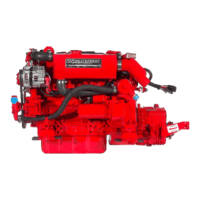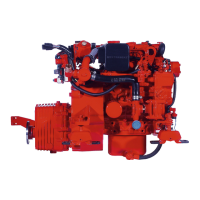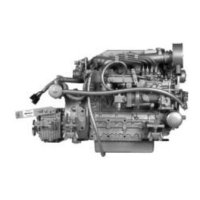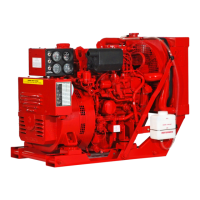STARTER/SOLENOID
SERVICE
DESCRIPTION
The swrtercan
be
roughly divided into the following sections:
• A motor section which generates a drive power.
• An overrunning clutch section which transmits an arma-
ture torque, preventing motor overrun after starting.
• A switch section (solenoid) which is operated when
actuating the overrunning clutch through a lever and
which supplies load current to the motor.
The starter is a new type, small, light-weight, and is called a
high-speed internal-reduction starter.
Its differences
in
con-
struction from conventional starters are
as
follows:
•
In
conventional starters, the pinion slides on the motor
shaft (armature shaft).
In
the new type
of
starter, the pin-
ion shaft is separate from the motor shaft; the pinion
slides only
on
the pinion shaft.
• A reduction gear is installed between the motor shaft and
the pinion shaft.
• The pinion sliding part is not exposed outside the starter .
so
that the pinion
may
slide smoothly without becoming
fouled with dust and grease.
• The motor shaft is supported at both ends on ball bear-
ings. The lever mechanism, switch and overrunning
clutch inner circuit are identical to conventional ones.
B
M
~
STARTER
WIRING
ADJUSTMENT
AND
REPAIR
If any abnormality is found by the following tests, the starter
should
be disassembled
and
repaired.
Pinion
Gap
Inspection
1.
Conned
a battery
(12V)
between the starter lenninaJ
"S"
and the starter body,
and
the pinion drive should rotate
out and stop.
A
CAUTION:
Never
apply
battery
voltage
for
over
10
seconds
cominuously.
2. Lightly push the pinion back and measure the return
stroke (called pinion gap).
3.
If the pinion gap
is
not
within the standard range (0.5 to
2.0 mm), adjust
it
by
increasing
or
decreasing the number
of
shims on the solenoid. The gap
is
decreased as the
number
of
shims increases.
No-Load
Test
1.
Connect the ammeter, voltmeter, and battery to the starter
(see illustration).
2. When the switch
is
closed, the pinion must protrude and
the starter must
run
smoothly (at
3000
rpm
or
more). If
the current or starter speed is out
of
specification, disas-
semble the starter and repair it.
A
CAUTION:
Use
thick
wires
as
much
as
possible
and
tighten
every
terminal
securely.
This
is a
sole-
noid
shift-type
starter
which
makes
a
rotating
sound
louder
than
that
of a
direct-drive
type
starter.
When
detecting
starter
rotation
at
the
pinion
tip,
be
care
..
ful not
to
come
in
contact
with
the
pinion
gear
when
it
protrudes.
Engines & Generators
54
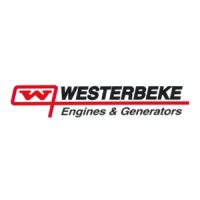
